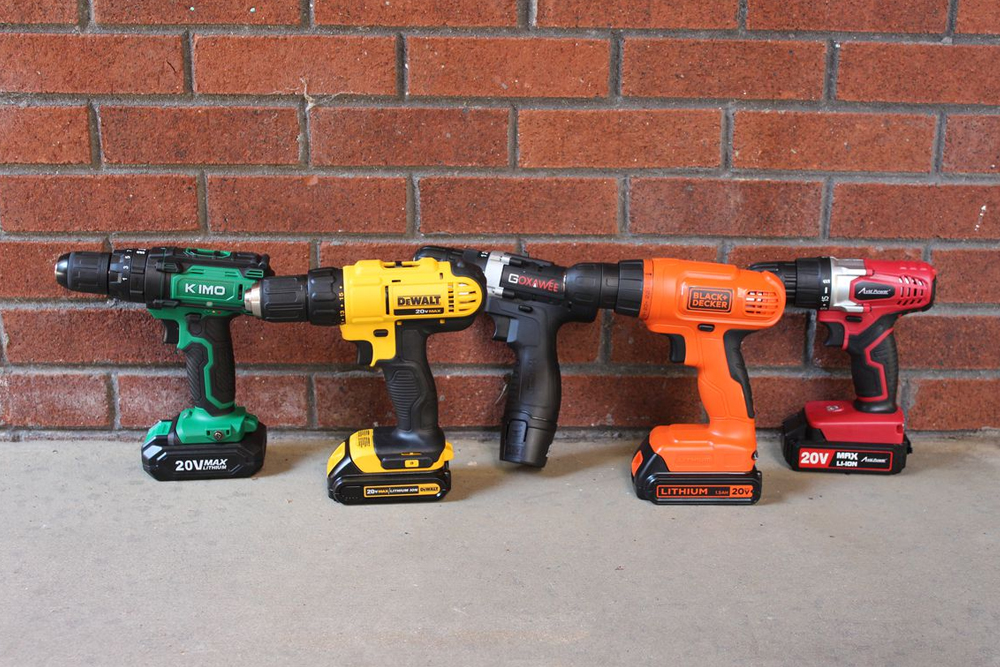Purchasing a drill may appear to be a simple task until you start looking for one. If you’ve started looking for the right drill, you’ve probably noticed that there are hundreds to choose from. That’s a lot of options, and the sheer number of them, along with all of the different types, features, and extras, could make your head spin like a drill bit. But, I am here to sort out your problem
What are Drills?
A drill is a cordless tool that is typically used to make round holes or drive fasteners. It has a chuck that secures a bit, either a drill or a driver, depending on the application. A hammer function is available on some powered drills. Drills differ in terms of speed, power, and size.
Common Types of Drills and their uses
- Drill Driver: It has a chuck that moves around and opens and closes. It does nothing but spins clockwise and counterclockwise, regardless of its power level. These drills can be used to drive fasteners in a variety of materials, including plastic, wood, metal, concrete, and just about anything else, though some may require drilling a pilot hole first.
- Hammer Drills: A hammer drill is similar to a drill driver in that it has a hammer mechanism that pushes the bit in and out while the motor spins it to chip away at concrete. The clutch on most hammer drills allows you to choose between hammer drilling, drilling, or driving.
- Impact Drill (Impact Driver): It’s more properly referred to as an impact driver. This has a rotating hammer and anvil mechanism inside instead of a forward chipping mechanism. The hammer strikes the anvil violently as it turns, providing much more turning force than a standard drill. Impact drivers are the construction world’s screwdriving champions, driving screws faster than a standard drill driver.
- Combi Drill: A Combi (Combination) drill is exactly what its name implies: a drill with multiple modes, including a screwdriver, drilling, and hammer drilling. When it comes to screwdriving modes, switching between these modes is typically done via the drill’s collar, and the modes are represented by icons (for drilling and hammer drilling) and then numbers that reflect torque (tightening) settings.
Where to shop these Drills?
You can make a more informed decision on what to buy now that you understand some of the basic types of drills and their uses. Always remember to purchase a drill that will be useful for your needs in order to avoid wasting money. Get in touch with us today if you’re looking to buy cheap drills in Canada! We are happy to assist you at www.cordlesspowertools.ca.
Thanks for reading the blog!

